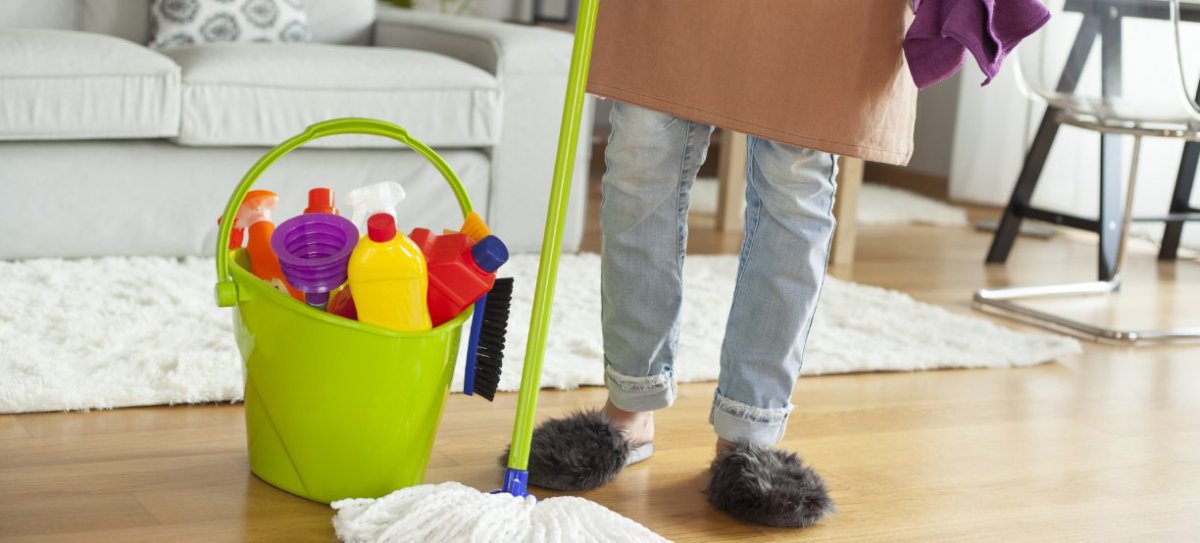It is a well-known belief that health is wealth since you can avoid extra medical expenses when you take care of yourselves and your surroundings. An essential area that requires cleanliness apart from your body is your home.
The home is where you most likely spend most of your time with family and friends and where memories are created; thus, the home should be kept clean at all times with the right home cleaning products to avoid the growth of germs and diseases.
A dirty home can be a breeding ground for germs, which can cause different diseases dangerous to your family’s health, especially those with allergies. A dirty and unkempt home can also be chaotic and unorganized.
Meanwhile, a clean home is inviting and peaceful to stay in for both members of the household and visitors too. A clean home also improves the quality of the indoor air and helps one stay organized.
Maintaining the cleanliness of your home can be challenging, and a hassle, but the advantages overshadow the stress. A critical factor in reducing the stress of cleaning your home is using the necessary and right home cleaning products and tools.
A list of cleaning products or tools every household should have will be discussed in the succeeding paragraphs.
12 Best Home Cleaning Products/Tools
1. Soaps and Detergents
Soaps and detergents play an essential role in your daily lives. They help remove germs, soils, and other contaminants safely and effectively, thereby making you stay healthy, making your environment more pleasant, and caring for your homes and possessions.
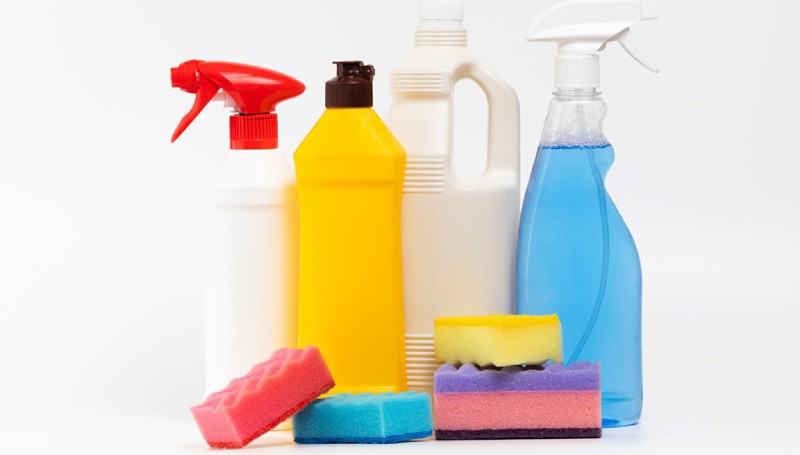
Some people confuse soap and detergents and often use them interchangeably. But the truth is, soap and detergents are two different house cleaning supplies. Let us consider the difference between soap and detergent and why they should be used in cleaning.
Soap is a biodegradable cleaning agent (fatty acid salts) made by combining fats (animal or vegetable) with Lye (Sodium Hydroxide). Soaps have been in use back in the days of our ancestors for as long as 2300 years now, and those living then used soap to clean their clothes for a long, long time.
When it comes to laundry, soap is not as effective as detergents, especially when washing synthetic fabrics like polyester, nylon, spandex, and acrylic. Soap is also not suitable to use in the washing machine because of the scum but can be used in handwashing since the scum can be removed with many rinses.
However, detergent, which only came about during world war 1, is a surfactant or a mixture of surfactants with cleansing properties efficient only in dilute solutions. They are majorly used as home cleaning products for fabric – and can be used in the washing machine either in powdered form or in liquid form.
Detergents are more effective than soaps since they solubilize, suspend, dissolve or separate dirt and soil from fabric in a way that they will not re-deposit on the surface of the fabric but will stay put, suspended in the water.
Notwithstanding the differences between the two cleaning materials, both are professional house cleaning supplies and can be used to clean our home like washing dishes and cleaning surfaces, especially laundry.
For more effective results during laundry, soap and detergents can be accompanied with bleach, stain remover, brighteners, fabric softeners, etc.
2. Broom, Dustpan, and Hoover
One of the most relied-upon home cleaning tools is also one of the simplest. In the past, when brooms were first discovered, they were a lot different than what we use today. Brooms were just sticks attached to a bristled head of bound-together twigs, fibers, or corn husks.
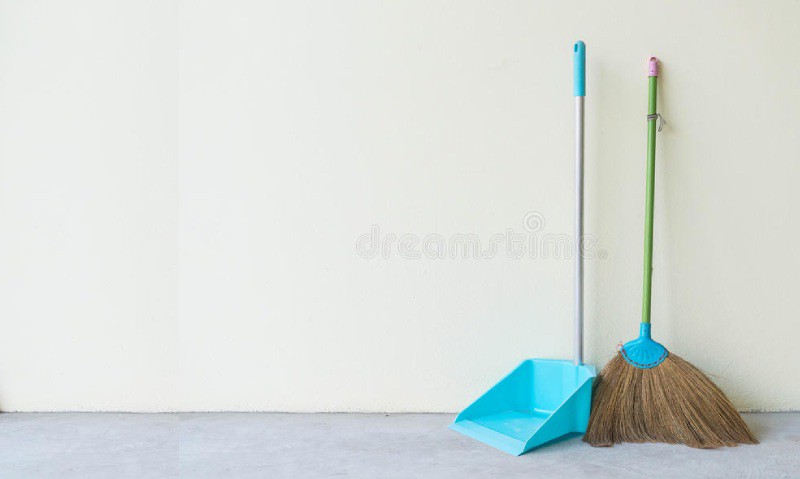
However, with recent developments, brooms have been modernized to suit present-day taste, but their basic purpose remains the same: to sweep up dust and debris and keep your floor surfaces clean.
Brooms have developed into something called hoover, which is gradually taking the place of traditional brooms and dustpans. Since science and technology are known to create new inventions to make life easier, using hoovers can be stress-free.
Hoovers effectively clean dust particles and hair particles; they are also useful for cleaning large areas in a shorter period and with less energy.
However, traditional brooms and dustpans also have their advantages. They can be used to clean small areas that do not require the effort to bring out the hover. Most hoovers can be quite clunky, and in some instances, it is faster to sweep up the area with your broom and dustpan.
In situations where there are large items such as broken glass or spilled popcorn that needs to be cleaned up, broom and dustpan can do the work well since these substances can cause blockages or even damage to your hoovers.
The hoover also consumes energy compared to the traditional broom and dustpan since the hoover uses electricity to work, and the broom doesn’t. Hoovers, unlike other home cleaning tools are also known to create a lot of noise when they are turned on, so brooms and dustpans that are not noisy can be used for late-night cleaning or early morning cleaning to avoid waking up the household.
3. Mopping Stick and Bucket
Dust mops and brooms can be easily confused with one another, but they serve different cleaning roles. While brooms are what you use when you want to sweep hard floors, dust mops are popularly known for their ease of use and additional dusting applications.
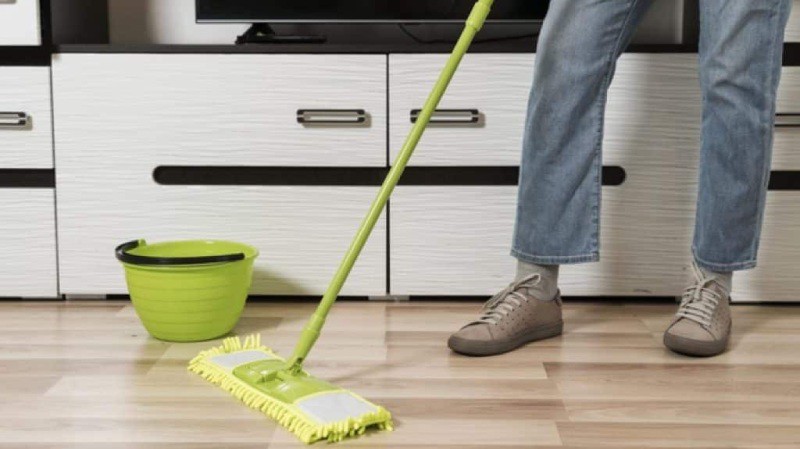
A mopping stick is Long-handled like a broom, but in place of regular broom bristles, a dust mop’s flat head is covered in cotton or microfiber cloth. In particular, microfiber is excellent at picking up dust, pollen, and even bacteria from hard surfaces, often without needing to use additional cleaning products or a dustpan.
There are two types of mops we can use in cleaning; we have the dry mop, which consists of yarn or microfibre, and the wet mop consists of a flat sheet of microfibre, a sheet with the surface of the looped yarn.
The dry mopping usually comes first, followed by the wet mopping; this is because, during dry moppings, loose dry particles like dust and sand are removed from the surface of the floor. Later on, the head can be removed and washed or cleaned with a vacuum cleaner.
The wet mopping, which is used for professional cleaning, comes next after dry mopping. The wet mopping is used to clean up fat, mud, and dried in liquid contaminations.
There are great benefits associated with mopping the floors of your home using professional house cleaning supplies. One primary benefit is that mopping helps remove germs that have accumulated on the floor as a result of dirt from the bottom of shoes that have worked on that floor, food droppings, pet hair, etc. thus keeping your family safe and healthy.
Just as regular cleaning and maintenance help preserve any product in general, regular mopping also maintains your floors and makes them look their best.
4. Vacuum Cleaner
This is another home cleaning product or tool that can be used to keep your home clean and tidy. Vacuum cleaning is in a way similar to the use of broomstick in sweeping but a more modernized version of sweeping.
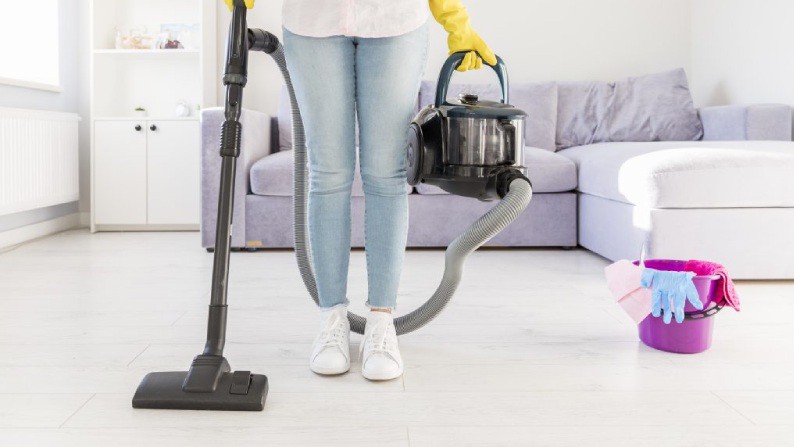
A vacuum cleaner is an electronic device that removes debris from floors, upholstery, draperies, and other surfaces by sucking them into a dust bag or cyclone for later disposal. The use of a vacuum cleaner in the home helps to solve some problems in the home.
There is an ever-present need to remove specks of dirt and shed human or pet hair, dust, allergens, and bacteria from your home. These particles can be dangerous to the health of your home, especially those with allergies or asthma. A vacuum cleaner helps to remove these particles and keep your family safe.
Accumulation of debris and dirt can ruin the quality of your household materials like carpets, area rugs, cars, etc. Replacing these materials can be financially draining; therefore, regular vacuuming, which can be compared to the regular changing of oil in a car, is required for proper maintenance.
Food droppings and bacteria can make your carpet dirty and smelly, causing a nasty odor. For your home to remain clean, inviting space to entertain, receive unexpected guests, or sustain a clean living, proper vacuuming is required.
5. Brushes
Using a simple cloth or sponge to remove simple stains can be a good idea, but it is not the ideal, especially if you want to clean tough stains. An essential tool for home cleaning that can come into use, in this case, is a scrub brush.
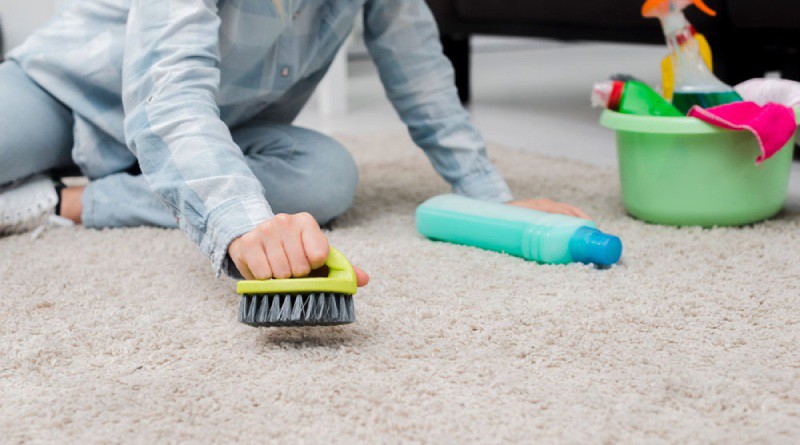
Small things are usually looked down on because they are believed to make little effects, but this is not the same for scrub brushes used in home cleaning. These brushes come in different sizes and different textures and are used for various cleaning surfaces and cleaning needs.
There are hard brushes and soft brushes, and they can be used for specific cleaning needs. Some of these brushes can be used in washing toilets or removing cobwebs. Scrub brushes are also efficient at cleaning the floor and walls of your bathtub or shower, sink, and grout on the tile floors.
When purchasing a scrub bush, look for a medium-sized one to easily fit into most spaces and clean those hard to reach corners. Also, scrub brushes with grip handles are easier to hold and use.
Not all stains can be removed with a scrub brush due to its size. When you need something a little more detailed than a scrub brush, a toothbrush is a great option. You can use toothbrushes to get tough stains out of car mats for garage floors or cement patios.
They can also be used to clean flower pots and garden tools, get soot off your fireplace walls, scour grout, clean garbage cans, and get dry mud off the bottom of your shoes.
Another pro of using toothbrushes for your cleaning is that you don’t necessarily have to spend money to acquire them.
Instead of throwing those old toothbrushes away, why don’t you disinfect them and put them to work on grout, sink rims, and all the other nooks and crannies in your house. You can even boil old toothbrushes in water to make them flexible and then bend their heads and make them better at reaching tough spots.
6. Spray Bottles
Most people who prefer using DIY home cleaning products instead of purchasing in stores would find spray bottles handy for storing such products.
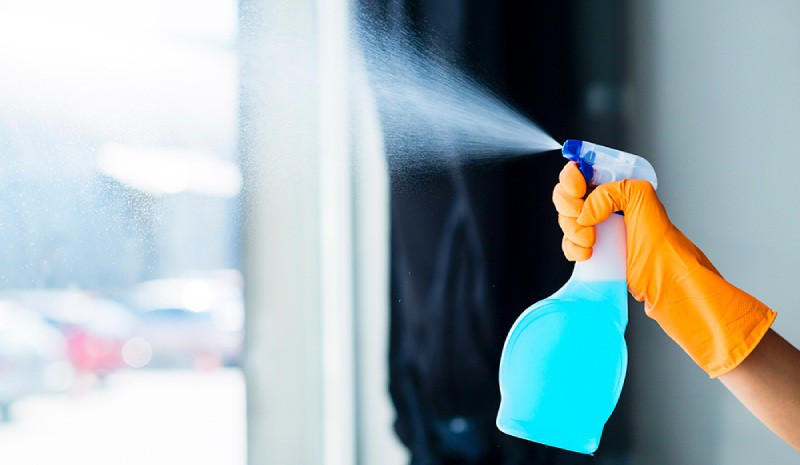
Spray bottles are tremendous because they serve more than just containers; they are also a great tool for dispensing liquid products. They can be used in applying chemical or organic cleaners, perfumes, colognes, air fresheners.
Another use of spray bottles is that they can be used to rinse something off with water. Glass bottles will hold up to anything.
Spray bottles are not recent developments as they have been in existence for a long time now. They have existed long before the middle of the 20th century. At that time, spray bottles produced use a rubber bulb, which was squeezed to produce the spray and the quickly-moving air siphoned fluid from the bottle.
However, after World War II, there was a speedy development in plastics; this increased the range of fluids that could be dispensed and reduced the cost of the sprayers. It became easier to produce sprayers.
A spray can is different from a spray bottle, and it is an upgraded version of a spray bottle. In a spray can, the user trips the valve, and the product is passed out under pressure applied by the user, while for a spray bottle, the dispensing is powered by the user’s efforts.
Although spray bottles are necessary tools in home cleaning, they are also known to be the most common source of domestic injury, and bleach is the most common agent.
For this reason, doctors encourage parents to store especially toxic household cleaning products in locked cabinets, out of sight and reach children, to avoid swallowing the products or pouring it on their skin.
7. Microfiber Clothes
Microfiber is a polyester and nylon (polyamide) fiber used to make fabric, although other materials may be used to make it. These fibers are so tiny that they are about one-sixteenth of the thickness of the human hair. Its fibers are often split and then woven together in a net-like structure to create absorbing towels or clothing.
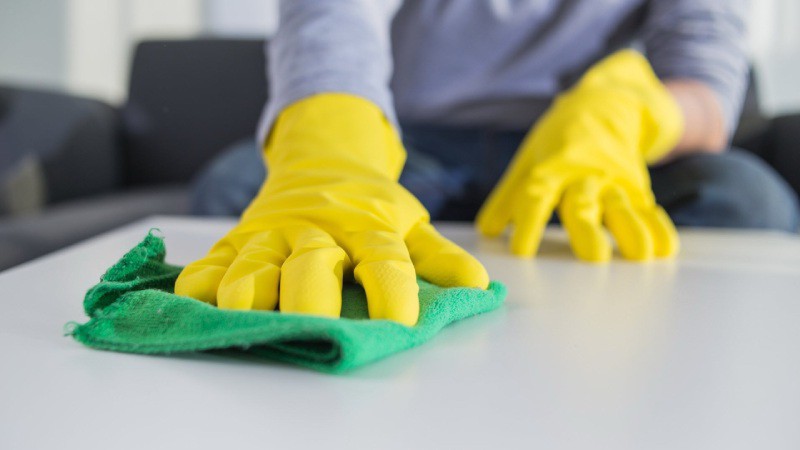
Microfiber is better than cotton in capturing bacteria, so it can be used in cleaning kitchen counters and floors. It won’t scratch or leave streaks behind, making it great for cleaning glass surfaces too like windows. Research has shown that microfibres reduce bacteria by around 99 percent, whereas cotton mops only reduce bacteria by 30 percent.
This cleaning material can also be used in hospitals where preventing the spread of germs and potential infections are of utmost importance. Thus microfiber towels reduce the potential spread of germs and make cleaning more effective.
The super absorbent power of microfiber fabric also makes it a useful tool in cleaning up spills; it is known to hold up to six times its weight in water! And in the process of absorbing liquids, it’ll also pick up anything in the liquid, making it a perfect material for cleaning.
Since microfiber fabrics can be washed and reused several times, they reduce the cost of regularly purchasing home cleaning products. They are also known to use less water and chemicals during cleaning, so with microfiber, you can keep the surfaces clean with just a little water.
8. Squeegee
Bathrooms are sometimes one of the dirtiest places in your home. Sometimes the water that doesn’t flow properly in the bathroom could be a breeding ground for soap scums, mildew, and bacteria, this can build up and make your shower look dirty even when it’s relatively clean.
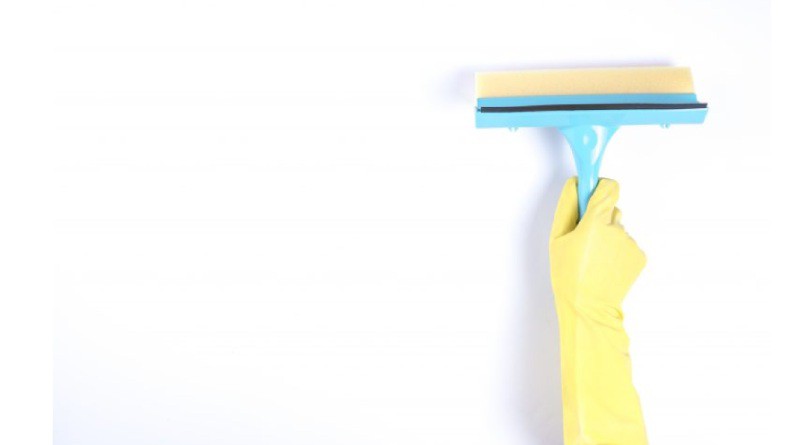
Once these organisms start growing in your bathroom, it becomes an even more difficult task to clean them up. An important tool that can be used to clean up your showers and prevent the accumulation of mildew and bacteria is called a squeegee.
A squeegee also called a squillgee, is a cleaning tool with a flat, smooth rubber blade used to remove or control the liquid’s flow on a flat surface. You can use a squeegee in cleaning your windows because it does not require extra scouring and scrubbing to remove dirt, and it does not leave behind mineral development and cleanser streaks.
When using a squeegee to clean, there are some measures one needs to take. Cleaning with a squeegee doesn’t require excess detergents. Excess detergents or other professional house cleaning supplies can cause streaks on the window, reduce work rate, or affect the squeegee negatively. On the contrary, the right amount of detergent increases the work rate and effectively removes dirt and grime.
While cleaning, you could also tire out quickly, leave streaks behind, or end up damaging the glass surfaces when you apply too much pressure on the squeegee.
9. Hand Duster
Hand dusters can come in different varieties depending on the material used in making them.
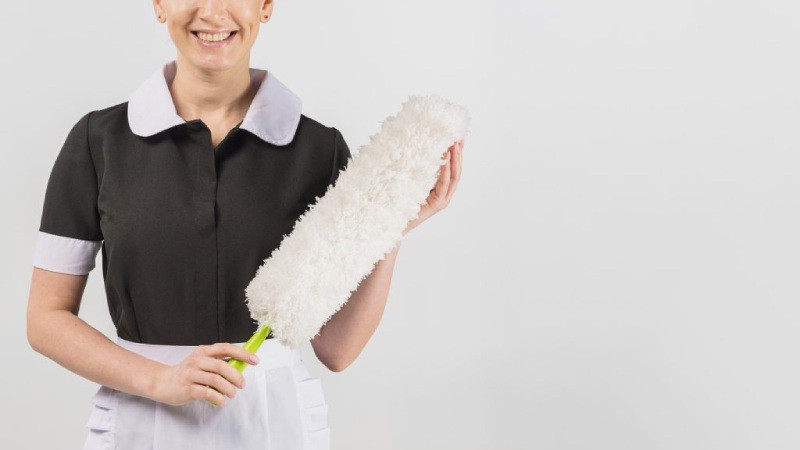
A particular type of hand duster used in home cleaning is the feather hand duster. As the name connotes, it is made from feathers and ostrich feathers in most cases with a wooden dowel handle.
A feather hand duster can help dust your home appliances. Since dust particles don’t stay stuck to the feather duster, the dust is lifted from the appliance, and then the feather duster can expel the dust with a quick shake unto the ground to be later vacuumed and mopped.
It is economical, more environmentally friendly than disposable dusters, and cheap to use a feather hand brush since it can be hand washed and air dried after use.
Feather brushes can be used for cleaning cars, vehicles, appliances, bookcases, blinds, shutters, ceiling fans, furniture, coffee tables, cabinets, ceiling fans, and dust walls with ease. They can also be used to clean delicate items like chandeliers etc.
10. Odor Neutralizer
A lot of things can cause an unpleasant odor in the home, from stinky sneakers, forgotten gym bags, kitchen concoctions, pets, our bodies to your environment in general. These odors can make your home uninviting and make visitors assume that your home is dirty. These Bad smells can also cause health effects, such as headache, nausea, and sleeplessness.
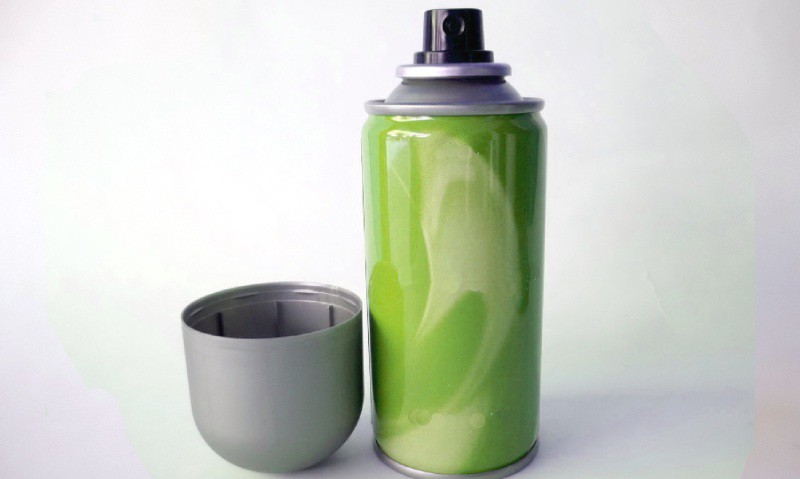
Sometimes people make the mistakes of purchasing air fresheners that ordinarily mask the bad odor, but that is not the best thing to do since that would only would not reduce the effects of the bad odor. Regular home cleaning could remove unpleasant odor from home but might need to be accompanied by odor neutralizing house cleaning supplies.
There are some odor neutralizers sold in stores that can eliminate malodor. Still, some people like to do it the natural way by using homemade home cleaning products to eradicate such offensive odors. Examples of these homemade odor neutralizers are baking soda and lemon.
11. Bin Bags
The cleaning process is not complete without proper disposal of the wastes gathered from cleaning; this also includes residue from vacuum cleaners or hoovers. Quality bin liners or bags ensure that all your waste is disposed of properly.
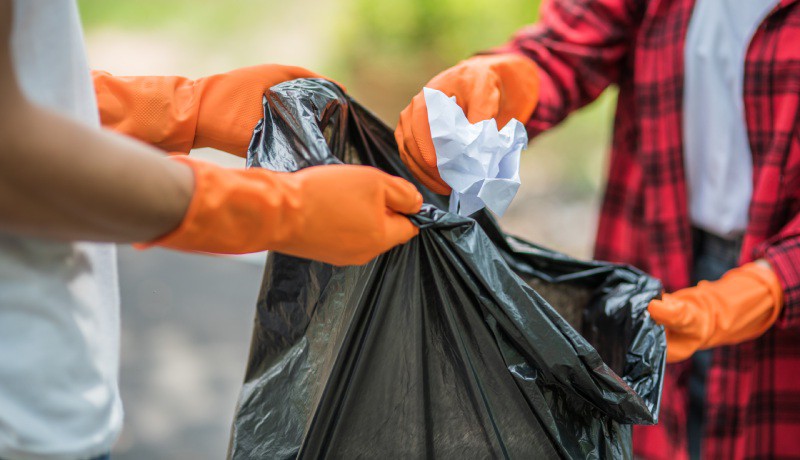
Improper management of wastes from home can lead to a dirty, messy, and unhygienic environment. Homeowners can reduce smells by separating their waste.
You can parcel high-odor items such as nappies and pet waste separately, and they should be kept outdoors. Recyclables should also be kept separately in a recycling bin and can be used either outdoors or indoors.
Offensive odors of waste bins can be reduced by sprinkling baking soda on the inside of the waste bin or using fragranced bin liners.
12. Protective Wear
Using the best professional house cleaning supplies isn’t enough to ensure that your home is clean and safe. You must also not neglect your body’s safety. There are some protective materials you can use to protect yourself while cleaning your home to avoid injury.
A few of these protective home cleaning tools/materials are; Nose masks, to protect yourself from inhaling harmful substances into your system. Apron or overall would protect your body from cleaning chemicals or water from spilling onto your clothes.
Rubber hand gloves will protect your hands from cleaning chemicals that cause skin irritation, germs that may be encountered during cleaning, and sharp edges, which could lead to bruises or cuts.
When working on a slippery floor, it would be advisable to put on footwear to avoid fatal injuries resulting from a fall and protect your feet from injury.
What to Consider When Choosing Home Cleaning Products/Tools
Choosing professional house cleaning supplies involves more than just picking up any product at the store. You need to consider several factors. The home can be likened to a haven, and so one primary factor that needs to be considered is how safe a cleaning product is to the health of all household members.
Another thing is the product’s effectiveness, how well it cleans without leaving chemical or residue behind. Lastly, the cost of home cleaning products should also be put into consideration before purchasing.
Conclusion
Your health depends on the condition of your home. A dirty home would breed disease-causing germs making one sick while a clean home results in good health. By making use of the right home cleaning products and tools, you would be making your home a safe, inviting place.
Alternatively, you can review why home cleaning services like Soji are essential for your lifestyle before choosing whether or not to outsource your home cleaning. Home cleaning services use professional house cleaning supplies, and because it’s their job, they can take care of your home cleaning demands more than you ever will.

